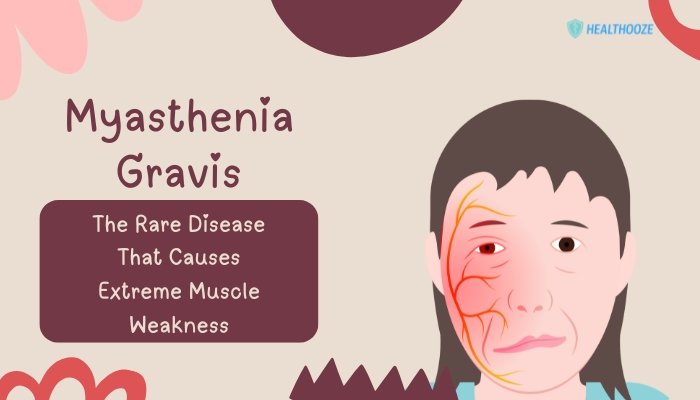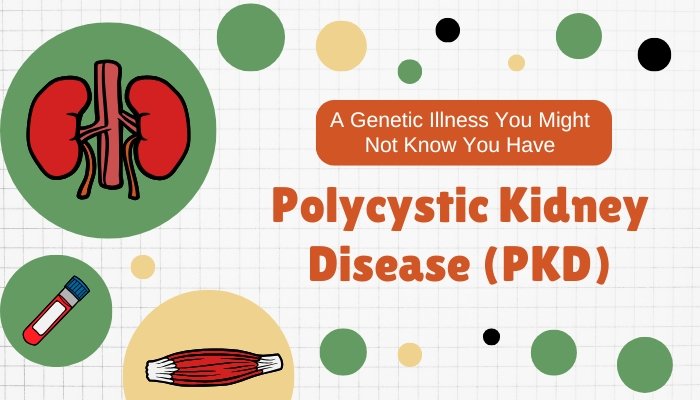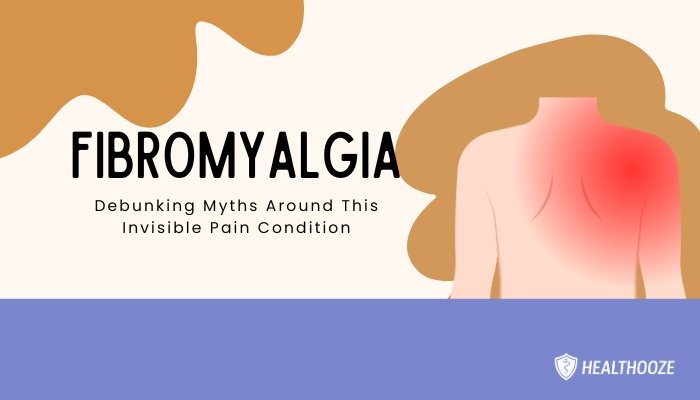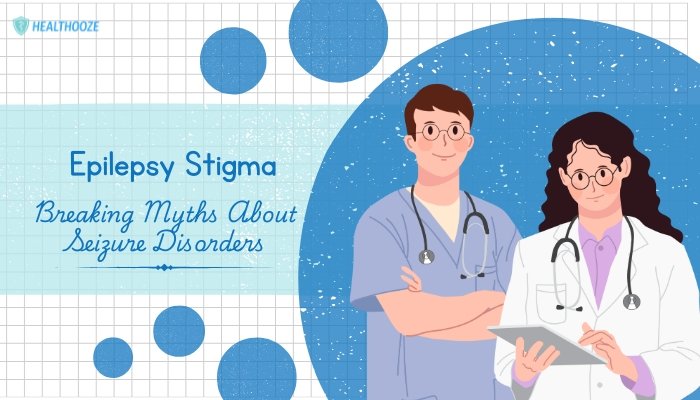Introduction
Myasthenia gravis (MG) is an autoimmune disorder that disrupts the communication between nerves and muscles, resulting in debilitating muscle weakness. Despite being rare, MG significantly impacts quality of life, with simple tasks—like blinking or swallowing—becoming daunting.
Over recent decades, better diagnostics and treatments have allowed many individuals with MG to maintain productive lifestyles, yet the condition remains widely misunderstood and overlooked. This article delves into how MG manifests, why it emerges, and the therapies that help keep symptoms in check.
Understanding Myasthenia Gravis
Autoimmune Mechanism
In myasthenia gravis, the body’s immune system produces antibodies targeting the acetylcholine receptors (or related proteins like MuSK) at the neuromuscular junction. This blockade or damage prevents proper nerve signals from triggering muscle contraction, leading to fluctuating and fatigable muscle weakness.
Common Presentation
- Ocular Symptoms: Ptosis (drooping eyelids) and diplopia (double vision) are often the earliest signs. Some individuals might only have “ocular MG,” never progressing beyond the eyes.
- Bulbar Involvement: Difficulty swallowing, slurred speech, or issues with facial expressions.
- Generalized Weakness: Arms, legs, or trunk muscles tire quickly, worse with repeated use, and often improving after rest.
Epidemiology
Though considered rare, MG can strike any age or sex, with two incidence peaks: younger adult women and older adult men. The average prevalence is around 14–20 cases per 100,000 people, but growing awareness and improved testing are revealing more cases.
Symptoms and Severity
Fluctuating Weakness
One hallmark of MG is variability: muscle groups might function normally in the morning, then fatigue drastically by evening or after repeated activity. This can confuse casual observers and lead to misinterpretations, especially early in the disease.
Myasthenic Crisis
In severe episodes, muscle weakness impairs breathing (respiratory failure), a life-threatening complication needing urgent ICU intervention. Triggers can include infections, emotional stress, or suboptimal medication levels.
Quality of Life Implications
- Fatigue and Inactivity: Physical tasks such as climbing stairs or lifting objects become unpredictable in their feasibility.
- Social and Emotional Strain: Embarrassing droopy eyelids, difficulty speaking, or choking while eating can lead to self-consciousness and isolation.
- Career and Education Impact: Frequent medical follow-ups or abrupt muscle fatigue can disrupt consistent work or study routines.
Diagnosis and Evaluation
Clinical Examination
Neurologists look for fatigable weakness, e.g., repeated eyelid openings causing droop. Symptoms may be more noticeable during tasks such as prolonged upward gaze, counting aloud, or holding the arms outstretched.
Specialized Tests
- Edrophonium (Tensilon) Test: Historically used—injecting a short-acting anticholinesterase to temporarily improve muscle strength. Less common now.
- Acetylcholine Receptor Antibody: Detectable in ~85% of generalized MG patients. Another subset has MuSK antibodies.
- Electromyography (EMG): Repetitive nerve stimulation or single-fiber EMG reveals decremental responses consistent with MG.
Thymus Imaging
A chest CT scan or MRI might find thymic hyperplasia or a thymoma (tumor of the thymus) in some MG cases. Surgical removal of thymic anomalies sometimes improves symptoms.
Treatment and Management Strategies
Symptomatic Control
- Acetylcholinesterase Inhibitors (e.g., pyridostigmine)
- Improve neuromuscular transmission by preventing breakdown of acetylcholine, alleviating mild symptoms.
- Immunosuppressants
- Steroids (prednisone): Common initial therapy.
- Non-steroidal immunosuppressants (azathioprine, mycophenolate mofetil, etc.) for longer-term disease control.
Managing Myasthenic Crisis
- Plasmapheresis or IVIG: Temporary removal or dilution of harmful antibodies, beneficial during acute exacerbations.
- Respiratory Support: Mechanical ventilation if respiratory muscles fail, ensuring oxygenation until medicines restore muscle strength.
Surgical Intervention
- Thymectomy: Removing the thymus (often enlarged or with tumors) can improve disease course for many, even without a thymoma. Often recommended in early generalized MG, particularly if under 60.
Emerging Therapies
- Biologics: Agents targeting complement pathways (eculizumab), B-cells, or other immunological steps are tested or FDA-approved for certain MG subtypes, especially refractory disease.
- Gene Therapy: Early research focuses on modulating autoantibody production, though not yet mainstream.
Everyday Coping and Long-Term Outlook
Self-Management
- Structured Activity: Prioritizing chores or tasks during higher-energy parts of the day, taking planned breaks to minimize muscle exhaustion.
- Medication Adherence: Missing doses can rapidly worsen symptoms, so consistent scheduling is crucial.
- Managing Triggers: Avoiding excessive heat, stress, or overexertion that can intensify weakness.
Psychosocial Aspects
- Emotional Toll: Unpredictable flare-ups can breed anxiety, especially if prior experiences lead to near-crisis.
- Support Networks: Family or friend help can lighten the load, assisting with daily tasks or providing moral support. Online MG communities also offer shared experiences and tips.
Prognosis
With correct interventions, many with MG see significantly improved function, with some attaining near-normal muscle strength for extended periods (remission or minimal manifestation). However, close medical follow-up remains vital, as dosage adjustments or emergent treatments may be required over time.
Public Awareness and Future Directions
Advocacy and Education
Groups like the Myasthenia Gravis Foundation or Muscular Dystrophy Association organize awareness campaigns, fundraising, and patient support lines. By sharing personal stories, they break misconceptions that “lazy muscles” are the root, clarifying MG’s real autoimmune nature.
Research Trends
- Antibody Profiling: Understanding differences in anti-AChR vs. anti-MuSK antibody MG fosters personalized treatment.
- Better Tolerated Drugs: Minimizing steroid side effects or immunosuppressant toxicity is a key goal.
- Registry Data: Large multi-center registries help track patient outcomes, guiding more targeted therapies.
Collaboration and Inclusion
Working across neurology, immunology, and physical therapy fosters integrated care. As more providers gain MG expertise, early detection and refined therapies promise a brighter outlook for newly diagnosed patients.
Conclusion
Myasthenia gravis may be an uncommon autoimmune disorder, but it profoundly affects those dealing with fluctuating muscle weakness. Timely diagnosis and advanced therapies—ranging from immunosuppressants to potential novel biologics—offer many patients regained independence and control over daily routines. Education about MG, both among healthcare professionals and the general public, remains paramount to dispelling stigma and ensuring accurate, rapid treatment. Ultimately, continued research and robust patient advocacy pave the path toward improved quality of life, and perhaps one day, disease remission or even prevention for those at risk.
References
- Gilhus NE, Verschuuren JJ. Myasthenia gravis: subgroup classification and therapeutic strategies. Lancet Neurol. 2015.
- Wendell LC, Levine JM. Myasthenic crisis. Neurohospitalist. 2011.
- Evoli A, Alboini PE, Damato V, et al. Myasthenia gravis: management of myasthenic crisis. Clin Neurol Neurosurg. 2019.
- Meriggioli MN, Sanders DB. Autoimmune myasthenia gravis: emerging clinical and biological concepts. Lancet Neurol. 2009.
- http://www.myasthenia.org/







